Even in the era of smartphones, radio remains essential to many people in Eastern Visayas. The region remains mostly rural—with internet connection being spotty at best—and communities in the Samar-Leyte countryside rely on radio programs for news and entertainment. The Waray speaking areas in the region, particularly in the provinces of Samar and Leyte, have one such program that provides an outlet for the struggling, poetic masses: DYVL’s Siday program.
Siday is the name for Waray poetry. The radio program pioneered by the station broadcasts poems their listeners send in. Most entries the station receive come from rural areas, written by farmers and housewives that talk about their daily lives and struggles and musings on current issues. The DYVL reaches audiences from towns like Basey, Sta. Rita, and Calbiga in Samar province and Palo, Carigara, Jaro, Alangalang, and Sta. Fe in Leyte.
The role of Radyo Siday in the lives of Waray folk is the highlight of the 5-part documentary series that UP Tacloban and the UP College of Mass Communication produced to commemorate the 100 years of broadcasting in the Philippines.
Divided into five parts, ‘Radyo Siday’ introduces the audience to different facets of the radio program. The first two episodes trace the origins of Radyo Siday and relate it to what it has become today. The third episode shows some of the faces behind the stories featured in the radio program. The significance of Radyo Siday in the community and in history is discussed in the fourth episode, while the last episode concludes the documentary with a synthesis from two UP Tacloban instructors.
Altogether, the documentary series runs for three-and-a-half hours.
Holistically, the documentary is a great piece of work that sheds light on the thriving Radyo Siday in the Eastern Visayas region. It is a much-needed glimpse into a particular tradition in a region outside of Metro Manila. That there is a highlight on the contributors, the common folk living in the countryside, to the Radyo Siday program on DYVL is an impactful subject in the whole documentary. It shows how valuable an accessible platform is to express day-to-day contemplations on life—from the joys to social, political, and economic struggles, the word of the masses is broadcasted in a form that they essentially birthed.
A distinction is made from the Radyo Siday now to the Siday of the East Visayan ilustrados during Spanish colonization of the Philippines. Now that the public can access the reborn of Waray literature, it becomes apparent that the words breathed into the frequency of DYVL is literature that the Waray masses of today can call their own. And it is literature that bears weight on the social fabric of the country as most of the poems that contributors send in reflects the realities they face, such as exacerbating prices of basic goods, poverty, and struggles amid the pandemic. Social reality is the key theme to the siday read on the radio and it echoes the often deplorable conditions, sprinkled with morsels of happiness, in the daily lives of the Waray people.
It is also commendable how the documentary sheds off traditional literary schools of thought in discussing the Radyo Siday. The people writing the poems, after all, are not scholars of literature. They write what they feel in a manner they have learned from experience. What they hear when others recite poems, the inflections, tones, and rhymes were not necessarily schooled. And this does not make what they create any less of an art form. It could even be argued that because these poems are written by the masses, it attracts the masses in a similar walk of life. The uniqueness of the Radyo Siday ultimately takes root within the grassroots of Samar and Leyte.
The documentary also drives home the importance of old media in the age of the internet and social media. Lack of access to these modern-day luxuries is a reality for many Filipinos. Outside of relatively big towns in Samar and Leyte, one would be lucky to get a signal to send texts or make calls. This revelation then bears asking why regions like Eastern Visayas remain so devoid of the technologies readily available in the metros.
While the documentary provides a platform for the Radyo Siday, one question is if the Waray people themselves have access to this particular output about their own literary culture. The narration provides a bridge to the possible language gap the experts and academics interviewed don’t seem to have considered. Is the aim of the documentary series only to archive this particular phenomenon in Samar and Leyte? Certainly, the people who made the whole series, being locals of the region, are aware of the characteristics of the general populace of Eastern Visayas—that communities in rural areas of the region have little to no access to quality education that would allow them to understand concepts such as “political economy” or “formalism.”
Since the Radyo Siday program exists primarily because there is interest and contribution from the Waray people, it is only fair that they should be able to access this documentary. Perhaps, as an extension to making the documentary, the University of the Philippines could launch community screening initiatives, partnered with discussions and workshops. The resources within the University are there. Under the Communication Arts program in UP Tacloban is a focus on literature and creative writing. The idea of creating a General Education course on local literature was even floated in the fifth episode. However, perhaps it could be formulated in a way that is inclusive of the masses outside of the academe’s tall walls and selective gates.
On the flip side, there may not be funding to jump-start such initiatives. The problem with this ultimately lies on the lack of funding for schools and humanities programs. DYVL’s Radyo Siday program itself was sustained by donations from private individuals. As much as this is a review on the documentary series, the discourse on what the government is doing to uphold and develop art, literature, and culture in the Philippines is very much present. Instead, the priority seems to be militarizing schools, especially with the return of the mandatory Reserve Officers’ Training Corps or ROTC.
Add to that, surfacing the “K+10+2” bill, as critiqued by progressives, reveals that the government really only wants the education system to produce warm bodies ready to join the labor force. The mentioned bill makes the additional two years of senior high school optional while kindergarten to grade 10 graduates will supposedly be allowed to join the workforce. With all these, what space is left for Filipino students to be able to absorb literature—to cultivate a sense of identity and pride for our own cultures—when the institutions do not foster such a space? Fund the humanities, lest we forget what it means to be human!



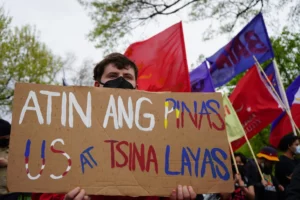
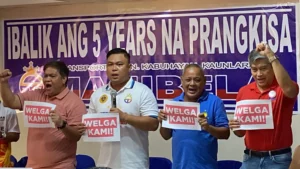
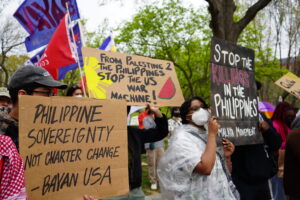

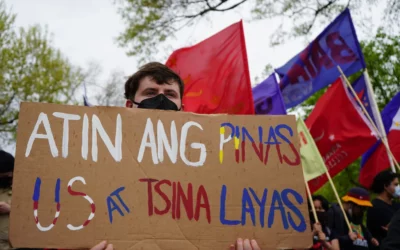
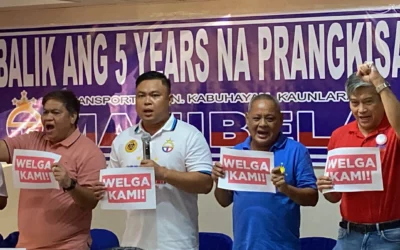
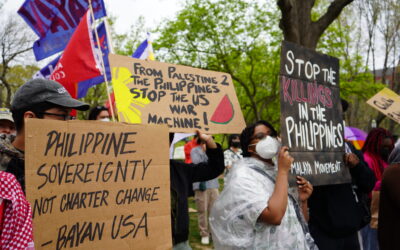
0 Comments